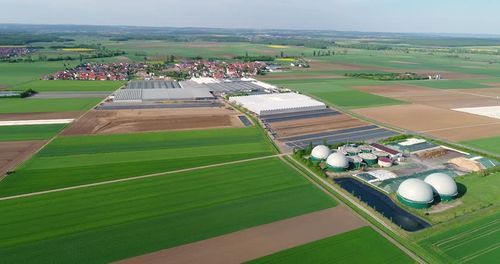Strata Clean Energy, a renewable energy developer, is building a Power-to-X (P2X) development and technology platform to decarbonize segments of the modern economy where direct electrification is not viable, according to a news release.
The P2X platform leverages the firm’s state-of-the-art, hourly-matched, renewable energy supply solutions to produce low-carbon hydrogen derivatives (ammonia, e-methane, and SAF) critical to the hardest-to-abate industrial, agricultural, and ocean freight and aviation markets.
“Strata will transform non-dispatchable clean energy into carbon-free alternatives for the modern industrial economy. Our structured power products and merchant BESS development track record underpin our differentiated approach to serving large loads which require hourly matched renewable energy supply,” said Mike Grunow, EVP & general manager, P2X, Strata Clean Energy. “For the past 12 months, we have been actively siting projects in ideal locations for logistics, water rights, permitting, energy cost, and grid interconnection. Our team is quickly advancing site engineering with Tier 1 partners, and we are accelerating talks with long-term buyers of the low-carbon intensity commodities. We are going to make this a reality.”
Strata’s initial projects will produce ammonia derived from renewable energy, while future projects will focus on alternative e-fuels that can reduce greenhouse gas emissions where no other alternative exists. As a 1:1 replacement for natural-gas-derived ammonia, low-carbon-intensity ammonia can be the workhorse of the zero-carbon economy as it lowers the shipment cost of green hydrogen by a factor of 30.
“For the past 15 years, Strata has been instrumental in bringing over 270 utility-scale solar and storage projects online,” commented Markus Wilhelm, Strata’s CEO. “In the coming decade, regional grids will be loaded with unscheduled wind and solar. Converting a fraction of this generation into zero-carbon, alternative fuels is the next step in the global energy transition to a net-zero future.”
In the fourth quarter of 2022, Strata P2X began recruiting a dedicated team of experts from the petrochemical and utility sectors to play critical roles in advancing the company’s ambitious goals. Among the new hires is KJ Plank, Chief Innovation Officer, who is building out the technology, engineering, energy, and procurement teams within P2X at Strata.






